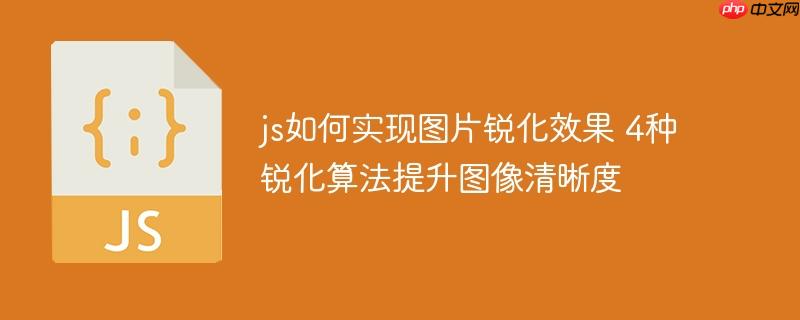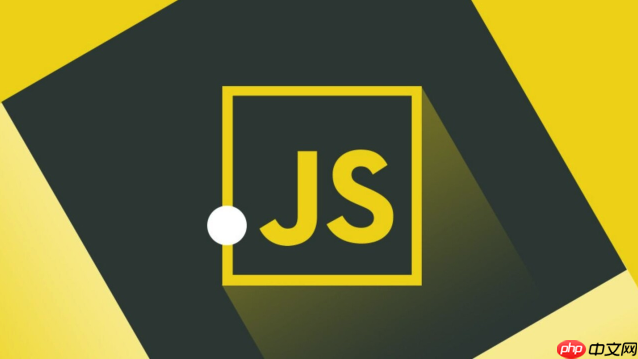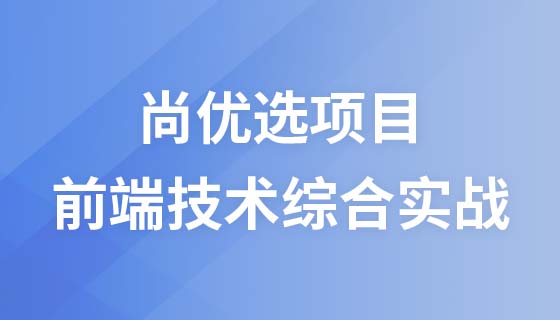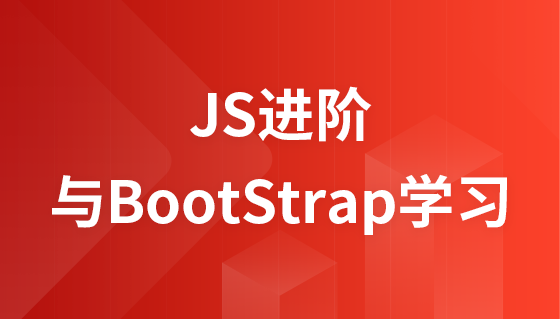javascript中实现图像锐化的方法包括四种常见算法:1.简单锐化算子通过增强像素与其周围四个方向像素的差异来提升清晰度;2.拉普拉斯算子则考虑了八个邻域方向,能更有效检测边缘;3.unsharp masking先模糊图像再与原图结合以增强细节;4.自定义卷积核提供灵活配置。使用时需先获取imagedata对象,调用对应函数处理后更新canvas。性能优化策略包括减少循环、使用typed arrays、web workers多线程处理、合理利用canvas api、避免重复创建对象、选择合适算法及调整参数。选择算法时应综合考虑效果需求、性能要求、资源限制和可定制性,并可通过预处理、参数调整、后处理、双边滤波等手段减少噪点问题。

图像锐化,简单来说,就是让图片看起来更清晰,细节更突出。在JavaScript中,我们可以通过像素级别的操作来实现这一效果。核心思想是增强图像中像素与其周围像素的对比度。

锐化算法的核心在于卷积运算,简单理解就是用一个特定的矩阵(锐化算子)与图像的每个像素及其周围像素进行计算,得到一个新的像素值。这个新的像素值会更突出像素之间的差异,从而达到锐化的效果。

以下展示四种常见的锐化算法及其JavaScript实现:

1. 简单锐化算子
这种算子简单直接,但效果可能不够明显。
function simpleSharpen(imageData, width, height) {
const data = imageData.data;
const newData = new Uint8ClampedArray(data.length);
for (let i = 0; i < data.length; i++) {
newData[i] = data[i]; // 复制原始数据,避免直接修改
}
for (let i = 1; i < height - 1; i++) {
for (let j = 1; j < width - 1; j++) {
const idx = (i * width + j) * 4; // 像素索引
for (let k = 0; k < 3; k++) { // R, G, B
const originalValue = data[idx + k];
const leftValue = data[idx - 4 + k];
const rightValue = data[idx + 4 + k];
const topValue = data[idx - width * 4 + k];
const bottomValue = data[idx + width * 4 + k];
const sharpenedValue = 5 * originalValue - leftValue - rightValue - topValue - bottomValue;
newData[idx + k] = Math.max(0, Math.min(255, sharpenedValue)); // 确保值在0-255范围内
}
}
}
return new ImageData(newData, width, height);
}2. 拉普拉斯算子
拉普拉斯算子能更有效地检测图像中的边缘。
function laplacianSharpen(imageData, width, height) {
const data = imageData.data;
const newData = new Uint8ClampedArray(data.length);
for (let i = 0; i < data.length; i++) {
newData[i] = data[i]; // 复制原始数据,避免直接修改
}
for (let i = 1; i < height - 1; i++) {
for (let j = 1; j < width - 1; j++) {
const idx = (i * width + j) * 4;
for (let k = 0; k < 3; k++) {
const originalValue = data[idx + k];
const leftValue = data[idx - 4 + k];
const rightValue = data[idx + 4 + k];
const topValue = data[idx - width * 4 + k];
const bottomValue = data[idx + width * 4 + k];
const topLeftValue = data[idx - width * 4 - 4 + k];
const topRightValue = data[idx - width * 4 + 4 + k];
const bottomLeftValue = data[idx + width * 4 - 4 + k];
const bottomRightValue = data[idx + width * 4 + 4 + k];
const sharpenedValue = 8 * originalValue - (leftValue + rightValue + topValue + bottomValue + topLeftValue + topRightValue + bottomLeftValue + bottomRightValue);
newData[idx + k] = Math.max(0, Math.min(255, sharpenedValue));
}
}
}
return new ImageData(newData, width, height);
}3. Unsharp Masking
Unsharp Masking是一种更高级的锐化技术,它先对图像进行模糊处理,然后将原始图像减去模糊图像,得到一个细节图,最后将这个细节图加回原始图像,从而增强图像的细节。
function unsharpMasking(imageData, width, height, amount = 0.6, radius = 1) {
const blurredData = gaussianBlur(imageData, width, height, radius).data; // 使用高斯模糊
const data = imageData.data;
const newData = new Uint8ClampedArray(data.length);
for (let i = 0; i < data.length; i++) {
const diff = (data[i] - blurredData[i]) * amount;
newData[i] = Math.max(0, Math.min(255, data[i] + diff));
}
return new ImageData(newData, width, height);
}
// 高斯模糊函数(简化版,仅用于演示)
function gaussianBlur(imageData, width, height, radius) {
// 这里需要一个更完善的高斯模糊实现,为了简洁,这里省略具体代码。
// 可以使用现成的库,或者自己实现一个基本的模糊算法。
// 返回模糊后的 ImageData
const data = imageData.data;
const newData = new Uint8ClampedArray(data.length);
for(let i = 0; i < data.length; i++){
newData[i] = data[i];
}
return new ImageData(newData, width, height); // 简化,直接返回原图,需要替换为实际的高斯模糊结果
}4. 自定义卷积核
可以自定义卷积核,实现更灵活的锐化效果。
function customConvolution(imageData, width, height, kernel) {
const data = imageData.data;
const newData = new Uint8ClampedArray(data.length);
const kernelSize = Math.sqrt(kernel.length);
const kernelOffset = Math.floor(kernelSize / 2);
for (let i = 0; i < data.length; i++) {
newData[i] = data[i]; // 复制原始数据,避免直接修改
}
for (let i = kernelOffset; i < height - kernelOffset; i++) {
for (let j = kernelOffset; j < width - kernelOffset; j++) {
const idx = (i * width + j) * 4;
for (let k = 0; k < 3; k++) {
let sum = 0;
for (let m = 0; m < kernelSize; m++) {
for (let n = 0; n < kernelSize; n++) {
const kernelX = n - kernelOffset;
const kernelY = m - kernelOffset;
const pixelX = j + kernelX;
const pixelY = i + kernelY;
const pixelIdx = (pixelY * width + pixelX) * 4;
sum += kernel[m * kernelSize + n] * data[pixelIdx + k];
}
}
newData[idx + k] = Math.max(0, Math.min(255, sum));
}
}
}
return new ImageData(newData, width, height);
}
// 示例卷积核
const sharpenKernel = [
-1, -1, -1,
-1, 9, -1,
-1, -1, -1
];
// 使用方法
// const sharpenedImageData = customConvolution(imageData, width, height, sharpenKernel);使用方法:
canvas元素中获取ImageData对象。ImageData、图像宽度和高度作为参数传递给函数。ImageData对象放回canvas中。const canvas = document.getElementById('myCanvas');
const ctx = canvas.getContext('2d');
const imageData = ctx.getImageData(0, 0, canvas.width, canvas.height);
// 使用简单锐化
const sharpenedImageData = simpleSharpen(imageData, canvas.width, canvas.height);
// 将锐化后的图像数据放回 canvas
ctx.putImageData(sharpenedImageData, 0, 0);Typed Arrays(如Uint8ClampedArray)在处理像素数据时比普通数组更高效。ImageData对象。amount和radius,在性能和效果之间找到平衡。amount值,可以减少噪点。以上就是js如何实现图片锐化效果 4种锐化算法提升图像清晰度的详细内容,更多请关注php中文网其它相关文章!

每个人都需要一台速度更快、更稳定的 PC。随着时间的推移,垃圾文件、旧注册表数据和不必要的后台进程会占用资源并降低性能。幸运的是,许多工具可以让 Windows 保持平稳运行。




Copyright 2014-2025 https://www.php.cn/ All Rights Reserved | php.cn | 湘ICP备2023035733号